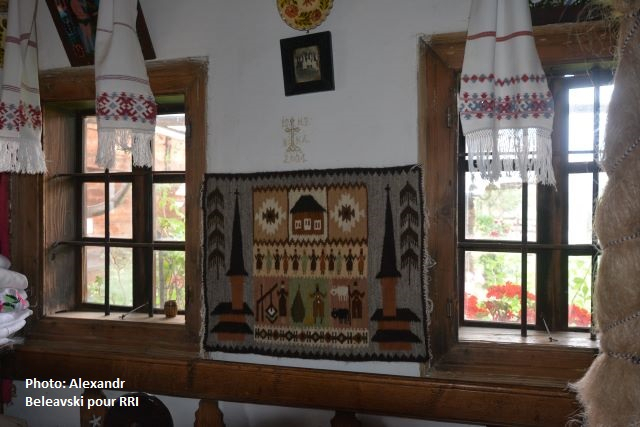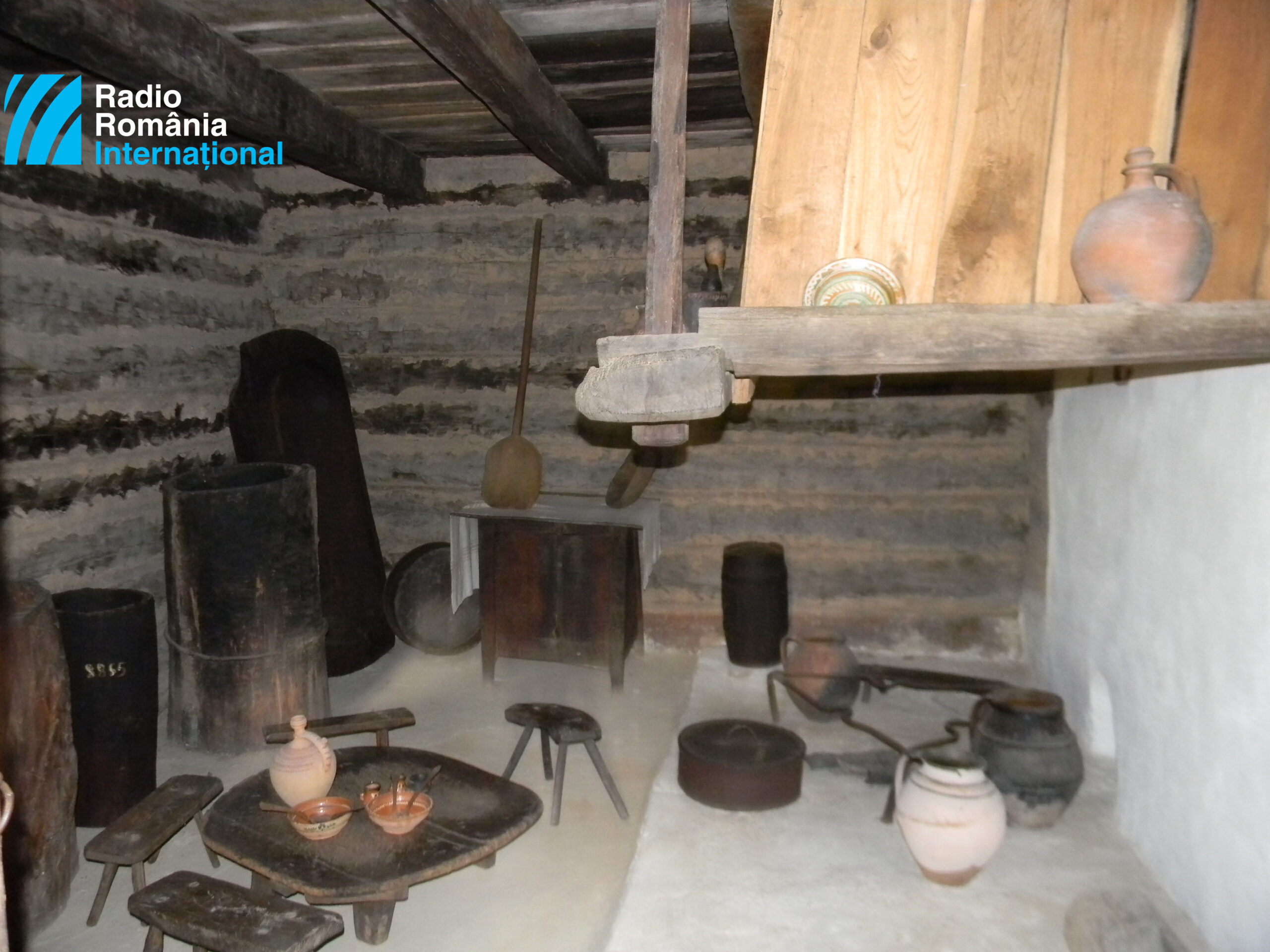Maramures, Green Land of Wooden Churches
Located in the north of Romania, Maramureș presents itself with a tourist offer for all tastes

Daniel Onea, 13.09.2023, 16:49
Located in the north of Romania, Maramureș presents itself with a tourist offer for all tastes. We can choose between various activities in nature and cultural experiences. Wildlife watching or hiking can be combined with visits to old wooden churches or artisans. You can also choose to stay at guesthouses through which you can discover what a day in the life of Maramure residents is like. Thus, you will be able to be, even for a short time, part of the place. Today we stop in the central area of historical Maramureș. Here lies a predominantly rural area, without cities, and very well preserved, says Edit Pop, head of the Eco Maramureș Association.
“We have 12 traditional villages located on the banks of two rivers, Mara and Cosău. These rivers are surrounded by very beautiful volcanic mountains, with bizarre rocks, lakes and peatlands with rare flora, gorges dug in andesitic rocks, which is unique in Romania. But the villages themselves are a story, and the story is there through a lot of tradition, preserved and lived even to this day. All local traditions have their origins in nature. Absolutely everything starts from there, and we are very lucky to be able to make this connection between nature and local tradition through the tourist offer.”
And we start with the offer of spending free time in nature. For this, there are several routes, says Edit Pop.
“We have hiking trails that access protected natural areas. Basically, there are mountain hiking trails, seven in number, totaling 69 km. But they are quite difficult. They are not for everyone, but for the townspeople who visit the destination, we have easy hiking trails arranged around the villages, which are particularly pleasant and very instructive, because there the tourist can get to know all the spontaneous flora of the meadows, hayfields, medicinal plants , special landscapes, they can talk with the locals, they can participate in the mowing, of course, which is a part of the life of the locals.”
In the Mara-Cosău-Creasta Cocoșului area there are numerous wooden churches built in the 17th and 18th centuries, with old paintings, collections of icons on wood and glass, and architectural details specific to Maramures. Most of them are monument churches, and two of them were included in the UNESCO heritage. For example, the oldest is the Church of Archangels Michael and Gabriel in Văleni, built in 1521, and the newest is the Church in Hoteni, built around 1790. All these churches also bear witness to the civilization of wood, says Edit Pop, head of the Association Eco Maramureș.
“It is a story that is still lived and continues in Maramureș. Practically, thanks to tourism, we can say today that the wood civilization continues, and the constructions, wooden houses specific to Maramureș are reborn. It was a trend 15-20 years ago, when wooden houses were considered a symbol of poverty, because they are small, simple, but extraordinarily well thought-out constructions. And, of course, that the locals started thinking about building new, more spacious houses. The wooden houses were slowly either sold or turned into holiday homes, and that was a big upset. But the miracle happened, and these houses are currently transformed into accommodation structures, small guesthouses, several houses, usually grouped together in one accommodation structure that offers a unique experience to tourists. They can even stay for a few days and see the conditions in which the culture of Maramureș was formed.”
And we cannot talk about Maramureș culture without talking about craftsmen. Real miracles come out of their hands, and you can see them at work either in various fairs or even at their home.
“The good news is that new wooden houses are being built again. So, folk craftsmen no longer deal only with the renovation of old houses. We have new houses both as accommodation structures and for living in. Of course they are bigger, they are better equipped, but they are made of wood. This is how we can observe a perpetuation of an extraordinary value of Maramureș, which eventually made it famous. The elaborately carved wooden gates are specific to Maramureș. Wooden houses, households, wooden churches, truly represent Maramureș.”
Edit Pop, head of the Eco Maramureș Association, says that the story of Maramureș can be tasted. Tourists come to live traditionally for a few days and, of course, for the delicious and very hearty food. This is also very healthy, because all the ingredients are produced in the households of the locals. Moreover, tastings also take place at events.
“The village of Breb, which is the standard bearer, the honey pot of our destination, mobilized in an exemplary way. There are smaller events every weekend. We have the Cultural Garden in Breb. This is a landscaped orchard, where beautiful things happen: evenings with fiddlers, the kids from Breb take the stage, there are small artisan fairs from the area. So there are recurring events, the ones that take place during the tourist season, and there are the bigger events that are organized by the communities, by the local authorities, or the religious events, which, by the way, are also very interesting for the tourists who visit area.”
By accessing the website Ecomaramures.com you can find out a lot of details about the entire tourist offer and places to stay, or rent bikes for cycling routes. There is also information on the events and what kind of craftsmen are found in them. You can also download a free app for mobile phones. This is called Eco Maramureș and it also provides you with maps with the routes that access the protected areas or the large map of the destination.






























